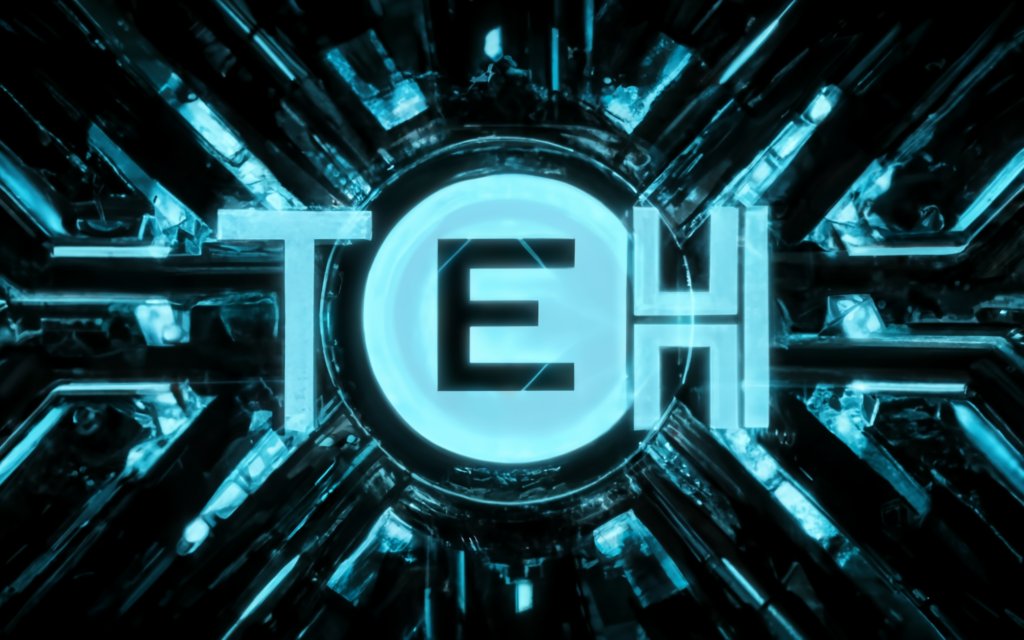The Stellaris tech tree is one of the most fascinating aspects of Paradox Interactive’s grand strategy game. Unlike traditional tech trees in other games, Stellaris uses a semi-randomized research system that challenges players to adapt and strategize. Understanding how the technology system works can be the difference between ruling the galaxy or falling behind your rivals.
In this guide, we’ll break down how the Stellaris tech tree functions, the types of technologies available, and the best strategies to maximize your research power.
Understanding the Stellaris Tech Tree
Unlike fixed research paths in many strategy games, the Stellaris tech tree is card-based and semi-random. Instead of unlocking technologies in a strict order, players are presented with a selection of three technology cards in each category—Physics, Society, and Engineering.
Key Features of the Stellaris Tech Tree
-
Randomized Choices: You never know exactly which technologies will appear next, making adaptability vital.
-
Leaders Matter: Your appointed scientists’ traits can increase the likelihood of drawing certain technologies.
-
Weighted System: Each tech has a weight that influences its probability of appearing. Rare technologies often require prerequisites or specific conditions to show up.
The Three Branches of the Stellaris Tech Tree
The Stellaris tech tree is divided into three primary research categories, each with unique gameplay advantages.
Physics Technology
Physics research focuses on energy, computing, and advanced weapons.
-
Key Unlocks: Energy weapons (lasers, disruptors), shields, hyperlane travel, and research speed boosters.
-
Strategic Tip: Prioritize technologies that increase research efficiency early to accelerate long-term growth.
Society Technology
Society research drives population management, diplomacy, and biology.
-
Key Unlocks: Gene modification, unity production, better leaders, and colony development.
-
Strategic Tip: A strong society tree allows empires to grow sustainably without collapsing under expansion.
Engineering Technology
Engineering powers your ship hulls, armor, industry, and megastructures.
-
Key Unlocks: Battleships, starbases, robotic workers, mineral output, and megastructures.
-
Strategic Tip: Military-focused players should prioritize engineering to unlock powerful fleets and infrastructure.
Rare and Repeatable Technologies
Some technologies in the Stellaris tech tree are marked as rare and may not appear often. Others, known as repeatable technologies, can be researched multiple times for incremental bonuses.
Rare Technologies
-
Examples: Jump Drives, Psionic Theory, and Mega-Engineering.
-
How to Unlock: Often requires specific conditions like ethics, ascension perks, or precursor events.
Repeatable Technologies
-
Examples: Weapon damage boosts, shield capacity, and resource output.
-
Importance: These become the backbone of your late-game empire, as they provide scaling advantages in long campaigns.
Strategies to Maximize the Stellaris Tech Tree
Mastering the Stellaris tech tree means balancing short-term needs with long-term goals.
Focus on Research Speed
The faster you research, the quicker you’ll unlock powerful technologies.
-
Build research labs early.
-
Assign scientists with research speed bonuses.
-
Use policies and edicts that increase science output.
Influence Tech Draws with Scientists
Scientist traits influence which technologies appear in your options.
-
Careful Selection: For example, a scientist with the Particles specialty makes energy weapons appear more frequently.
-
Long-Term Planning: Recruit scientists based on your empire’s strategy—military, economic, or scientific dominance.
Prioritize Key Techs
Not all technologies are equally useful. Prioritize game-changing unlocks like:
-
Battleships (Engineering)
-
Mega-Engineering (Engineering)
-
Psionic Theory (Society) if pursuing the Psionic Ascension path
-
Zero Point Power (Physics) for advanced reactors
Stellaris Tech Tree and Ascension Paths
Your empire’s ascension path significantly impacts the technologies you should pursue.
Psionic Ascension
-
Requires Psionic Theory and Telepathy.
-
Unlocks powerful Shroud interactions.
-
Best for empires focused on spiritualism and diplomacy.
Synthetic Ascension
-
Requires Droids and Synthetic Evolution techs.
-
Grants robotic bodies for pops, creating efficiency and immortality.
-
Best for materialist and machine-focused empires.
Biological Ascension
-
Requires Gene Tailoring and Genetic Resequencing.
-
Allows you to modify species traits extensively.
-
Ideal for maximizing population efficiency.
Late-Game Stellaris Tech Tree Goals
By the late game, the Stellaris tech tree shifts focus toward repeatable techs and megastructures.
Megastructures and Wonders
-
Dyson Sphere: Provides unlimited energy.
-
Ring World: Massive habitable worlds.
-
Science Nexus: Boosts research output exponentially.
Endgame Repeatables
-
Max out fleet damage, armor, and shield repeatables for military supremacy.
-
Focus on resource production repeatables to sustain massive economies.
Common Mistakes with the Stellaris Tech Tree
Even experienced players sometimes mismanage research. Here are pitfalls to avoid:
Over-Focusing on One Branch
Neglecting one category can leave your empire vulnerable. For example, strong engineering without society techs may cripple your population growth.
Ignoring Scientist Traits
Assigning the wrong scientist can slow down your progress. Always match their expertise with the desired tech path.
Delaying Key Economic Techs
Military dominance is tempting, but without solid economic foundations, your fleets will collapse under resource shortages.
Conclusion: Mastering the Stellaris Tech Tree
The Stellaris tech tree is not a simple checklist—it’s a dynamic, randomized system that requires foresight, adaptability, and strategic planning. By understanding how technology cards work, prioritizing key unlocks, and aligning your research with your empire’s long-term goals, you can secure galactic dominance.
Whether you’re pursuing psionic powers, robotic perfection, or colossal megastructures, the right tech choices can shape your empire’s destiny. The galaxy is vast, but with mastery of the Stellaris tech tree, it can be yours to command.



